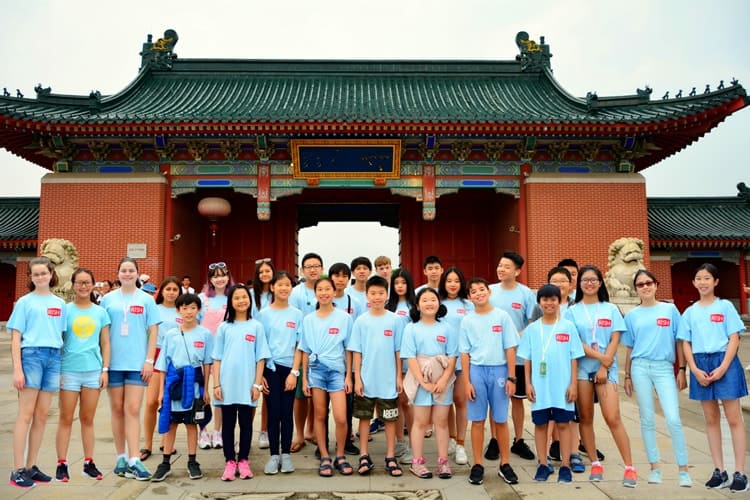Most of the time in history, China was also very open. Many food and daily necessities nowadays were imported in those days, but they have been localized for a long time that people haven’t realized
But there are still some exotic products have retained a foreign impress in their name, such as “胡 Hú”, “番 Fān”, “洋 Yáng”, “西 Xī”. It shows that they are not inherent in Central Plains, but from other ethnic groups or foreign countries.
In ancient time, “胡” refers to the northern or Northwest ethnic groups, or in general from abroad. “番” also indicated other ethnic groups and foreign countries in ancient time. “洋” is the label of modern times, representing foreign countries. “西” is a contemporary label which refers to Europe and America.
These marks in Chinese language have left us a history of cultural exchanges.
Let’s take a look at some words with “胡”, ”番”, ”洋”, ”西”, which are always in used today.

“番茄 FānQié”/”西红柿 XīHóngShì”: tomato, originating in central and South America
“胡萝卜 HúLuóBó”: carrot, native to the Middle East and the area that is now Afghanistan. It is recorded by Compendium of Materia Medica: introduced from “胡” in Yuan Dynasty with a smell close to radish(萝卜), so hence the name “胡”+”萝卜”
“西装”: suit, which is a western-style clothe
“西洋镜 XīYángJìng”: peep show. A kind of folk game instrument. It is a box with pictures in it and a magnifying glass on the top. According to the optical principle, the black box can be operated to see the enlarged pictures. Since the first pictures were mostly Western paintings, it got its name.

“西洋参 XīYángShēn”: Ginseng, mostly from Wisconsin
“洋白菜 YángBáiCài”: cabbage, originating in Mediterranean coast and introduced into China in the 16th century.
“洋葱 YángCōng”: onion, introduced into China from Western Asia in the early 20th century.
“洋山芋 YángShānYù”: potato, native to South America and introduced in China in the 17th century.
“留洋 LíuYáng”: studying abroad
In contrast to local things, such foreign tags are often added, as “胡萝卜” and ”萝卜”. If it is completely new, and dose not respond to local things, they often don’t need to add any tags, but directly be named. For example, 葡萄 PúTáo (grape), 佛 Fó (Buddha), and even 咖啡 KāFēi (coffee), 电脑 DiànNǎo (computer) in modern times.
Learn Chinese on 1-on-1 online Chinese course at https://www.realinshanghai.com/learn-chinese-online


